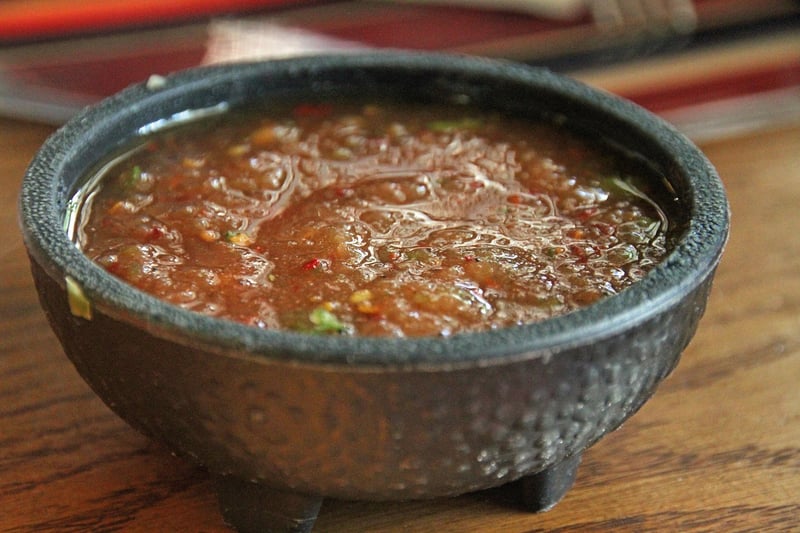Salsa
The Art of Expressive Movement in Salsa Dancing

Salsa dancing is not just about following a set of steps; it's a form of self-expression through movement. The art of salsa lies in the ability to convey emotions, passion, and energy through every step, turn, and gesture.
Expressive Movement
Expressive movement in salsa involves more than just technical skill; it's about connecting with the music and your dance partner on a deeper level. Each movement should reflect the rhythm, melody, and mood of the music, allowing you to tell a story through your dance.
Body Isolation
Body isolation is a key technique in salsa that allows dancers to move different parts of their body independently. This skill enhances the expressiveness of your movements, enabling you to create fluid and dynamic choreography on the dance floor.
Emotional Connection
Connecting with your dance partner on an emotional level is essential for creating a captivating salsa performance. By mirroring each other's movements, maintaining eye contact, and sharing the energy of the music, you can convey emotions such as joy, passion, and sensuality through your dance.
Improvisation
One of the most exciting aspects of salsa is the opportunity for improvisation. By letting go of strict choreography and allowing yourself to be guided by the music and your partner, you can create spontaneous and authentic movements that truly express your emotions in the moment.
Conclusion
Salsa dancing is a powerful form of self-expression that combines technical skill with emotional depth. By mastering the art of expressive movement, body isolation, emotional connection, and improvisation, you can elevate your salsa dancing to a whole new level of artistry and passion.
So next time you hit the dance floor, remember to let your emotions guide your movements and embrace the art of salsa with all your heart!
